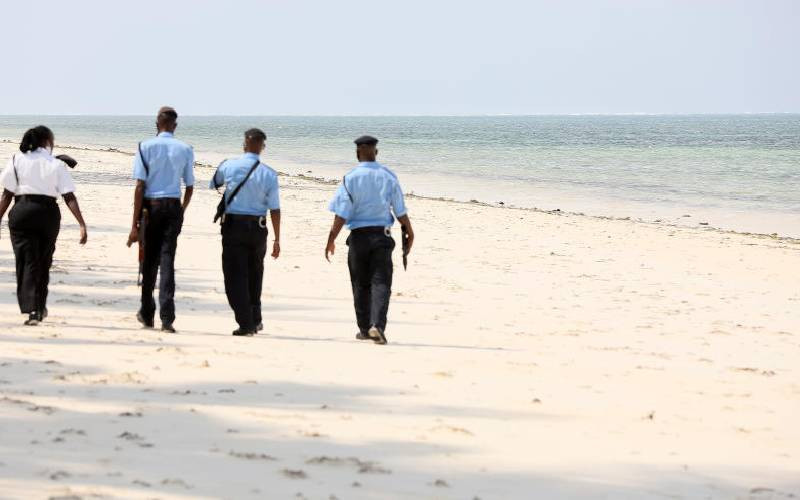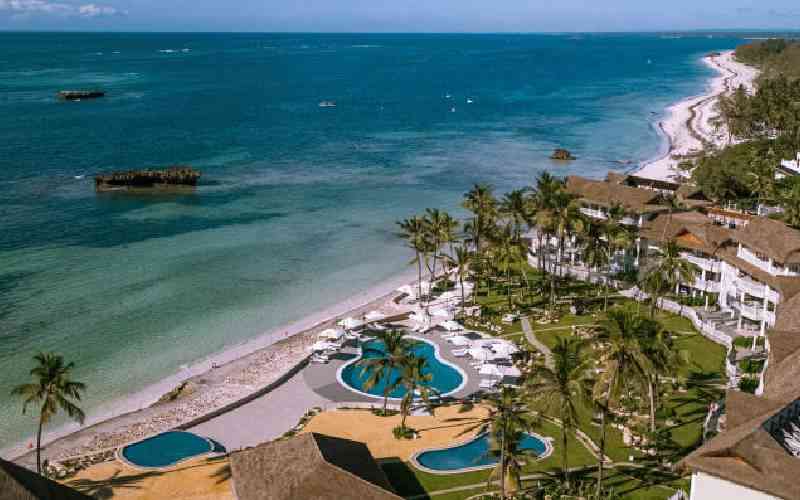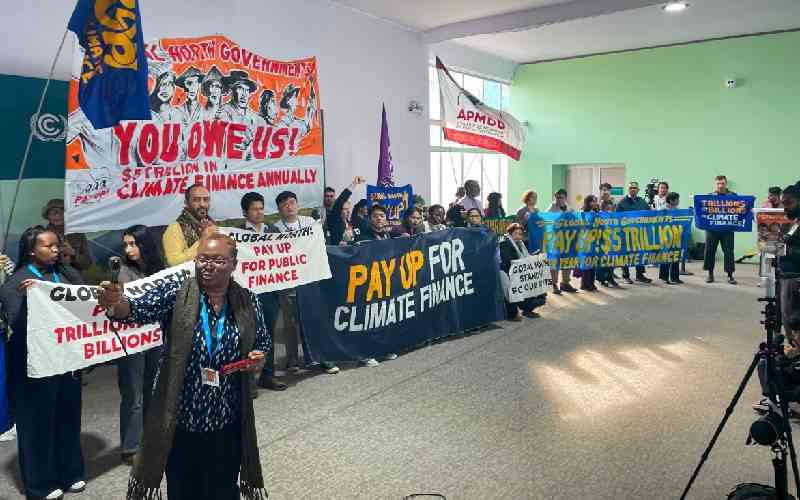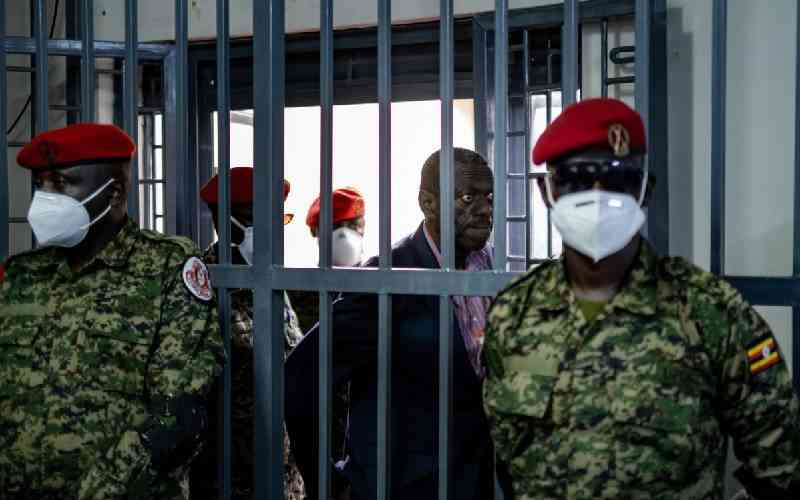The International Monetary Fund (IMF) says Kenya’s economy will grow by 6 per cent this year. This is double the anticipated rate of growth for sub–Saharan Africa. Part of the IMF’s optimism is based on expectations of a recovery in tourism.
The fact, however, is that international visitor arrivals in 2015 were 17 per cent lower than in 2014.
Tourism has always been looked at as a vehicle for economic growth and job creation all over the world. The sector is directly or indirectly responsible for 8.8 per cent of the world’s jobs.
The World Travel and Tourism Council estimates 3.8 million jobs could be created by the tourism industry in sub-Saharan Africa over the next 10 years.
When we look at the factors that affect the ability to grow tourism through international visitors, we realise very quickly that issues like terrorism, political unrest and safety affect growth tremendously. Egypt and Mombasa are good examples of this.
Breathtaking scenery
But we have a growing middle class and amazing tourist sites all over this country that have not been marketed.
I was driving from Eldoret to Kisumu a few days ago and went through the winding roads through the Nandi Hills, and I must say I was in awe of the lushness and the breath-taking scenery I witnessed. Driving back to Nairobi, I decided to take the Bomet-Narok route and went through more beautiful country through the heart of the Rift Valley.
We take this beautiful country for granted, but if we stopped to ‘smell the roses’, we would realise there is so much to see and experience within our own boundaries. These unique areas all over the country give us the perfect opportunity to promote local tourism.
We are beginning to see a start in this process, with counties promoting their regions and the Government promoting local tourism.
There is a definite opportunity here for more aggressive campaigns, coupled with support to develop specific areas. This means improved roads for access, incentives for private business to invest in hotels and attractions, improved access to amenities like water, electricity and security, and less red tape to facilitate development.
I am not much of a social media buff, but when I look at how savvy and comfortable many Kenyans are with these platforms, I cannot help but think that we have an amazing opportunity to market local tourism online. I bumped into a campaign christened #TwendeUshago (Let’s go upcountry), driven by Magical Kenya.
I was born in Kisumu and lived abroad for a long time. I must say, growing up, I never appreciated what Kisumu had to offer. If you have been to this city, you know the beauty of the lake and the breath-taking sunsets are unparalleled. Take a boat ride and watch the kingfisher hover over the water, see local fisherman in their canoes pulling in their nets, and if you are lucky, watch hippos come out of the water to graze.
Drive out of the city about eight kilometres and you can actually stand on the Equator. You can hike in the Kakamega Forest and visit neighbouring islands like Rusinga. There are areas in Western Kenya where you can go skydiving and water skiing.
Extra income
Stay informed. Subscribe to our newsletter
The hospitality industry has also grown, with world-class facilities and outstanding service and food available. These amenities bring a lot of benefits to counties and local residents in terms of job creation, extra tourism income and the multiplier effect of giving business to all other sectors in industry, from the supply chain to transportation.
With a steadily growing middle class, and marketing to Kenyans and the region, the domestic tourism sector can grow and, if done right, has the potential to equal the income brought in through international tourism.
However, this can only happen if county governments, the national government and the private sector all work hand in hand to promote growth across our beautiful county.
Tujenge Kenya pamoja.
The writer is a career hospitality development executive and is currently leading the hospitality division at Simba Corporation.
 The Standard Group Plc is a
multi-media organization with investments in media platforms spanning newspaper
print operations, television, radio broadcasting, digital and online services. The
Standard Group is recognized as a leading multi-media house in Kenya with a key
influence in matters of national and international interest.
The Standard Group Plc is a
multi-media organization with investments in media platforms spanning newspaper
print operations, television, radio broadcasting, digital and online services. The
Standard Group is recognized as a leading multi-media house in Kenya with a key
influence in matters of national and international interest.
 The Standard Group Plc is a
multi-media organization with investments in media platforms spanning newspaper
print operations, television, radio broadcasting, digital and online services. The
Standard Group is recognized as a leading multi-media house in Kenya with a key
influence in matters of national and international interest.
The Standard Group Plc is a
multi-media organization with investments in media platforms spanning newspaper
print operations, television, radio broadcasting, digital and online services. The
Standard Group is recognized as a leading multi-media house in Kenya with a key
influence in matters of national and international interest.









